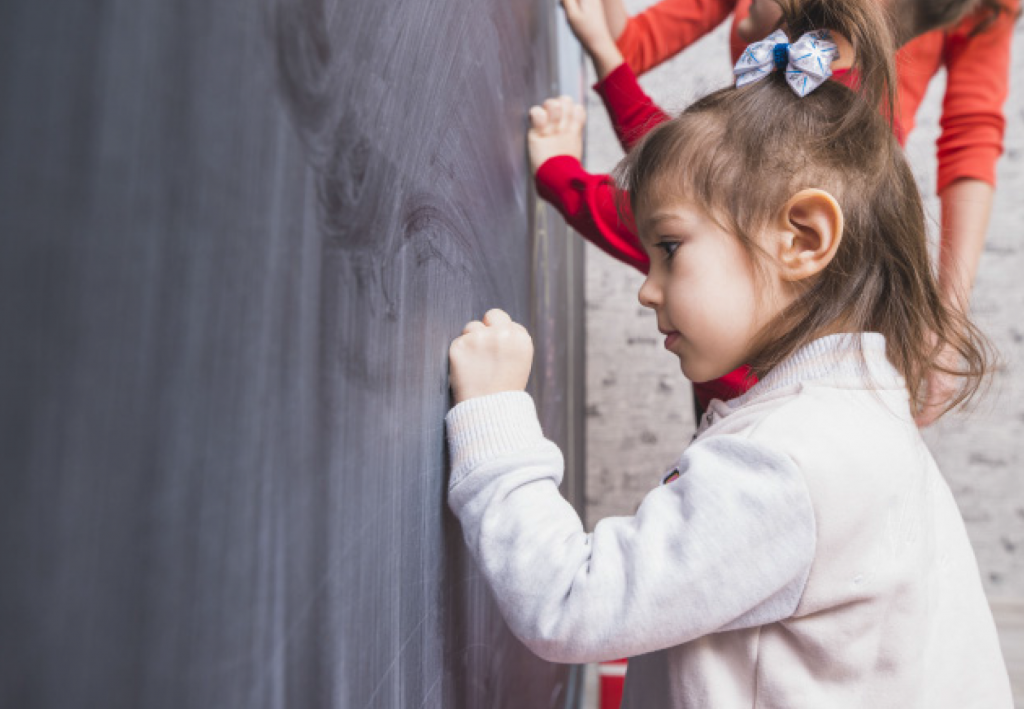
A changing landscape
In the age of computers, many parents and teachers ask why handwriting remains important. We live in an era with unprecedented access to technology, and developments in technologically assisted learning have changed the way that children (and adults) learn. However, with all the benefits that technology brings us in this digital age, we risk losing a part of children’s educational experience that is crucial in building so many essential skills: handwriting. We saw earlier this year that there has been a drastic increase in teachers reporting that their pupils cannot hold pens due to overuse of technology (Hill, 2018). Even further, there are more and more reports that children in primary schools are attempting to ‘swipe’ book pages, having become so used to using a tablet to read (Turner, 2018).
These revelations illuminate a growing issue in UK education: the decline in focus on handwriting, and a lack of recognition of the benefits that handwriting brings. There is a substantial body of research, including Write Your Future’s own Curriculum Development Study (Medwell, 2017), which supports the assertion that handwriting is invaluable for developing a multitude of key skills, from increasing children’s fine motor skills to developing hand muscles in young children. But an area of benefit that is often overlooked in the debate over handwriting and children’s development is its impact on creativity and self-expression.
Often childhood creativity and giving children the ability to express themselves are not prioritised in the same way that other areas of development are. We are, however, seeing a shift in the importance afforded to creativity, a shift reaching decision makers in government. For example, we recently saw that an increasing emphasis on creativity in formal education is being encouraged by the Department for Education, having made £300 million of funding available to young people in schools wanting to engage with the arts, be it through music, dance or other creative subjects (DfE, 2016).
In addition, we are also seeing a pushback against overly prescriptive assessments for primary school-age children, with many teachers and parents advocating for an assessment approach that allows room for children’s self-expression and creativity to be valued.
So, we know that there is an increasing recognition that creativity and self-expression is valued by parents, teachers, and education policy makers. And this makes it even more important to promote tools like handwriting that have the potential to encourage these qualities.